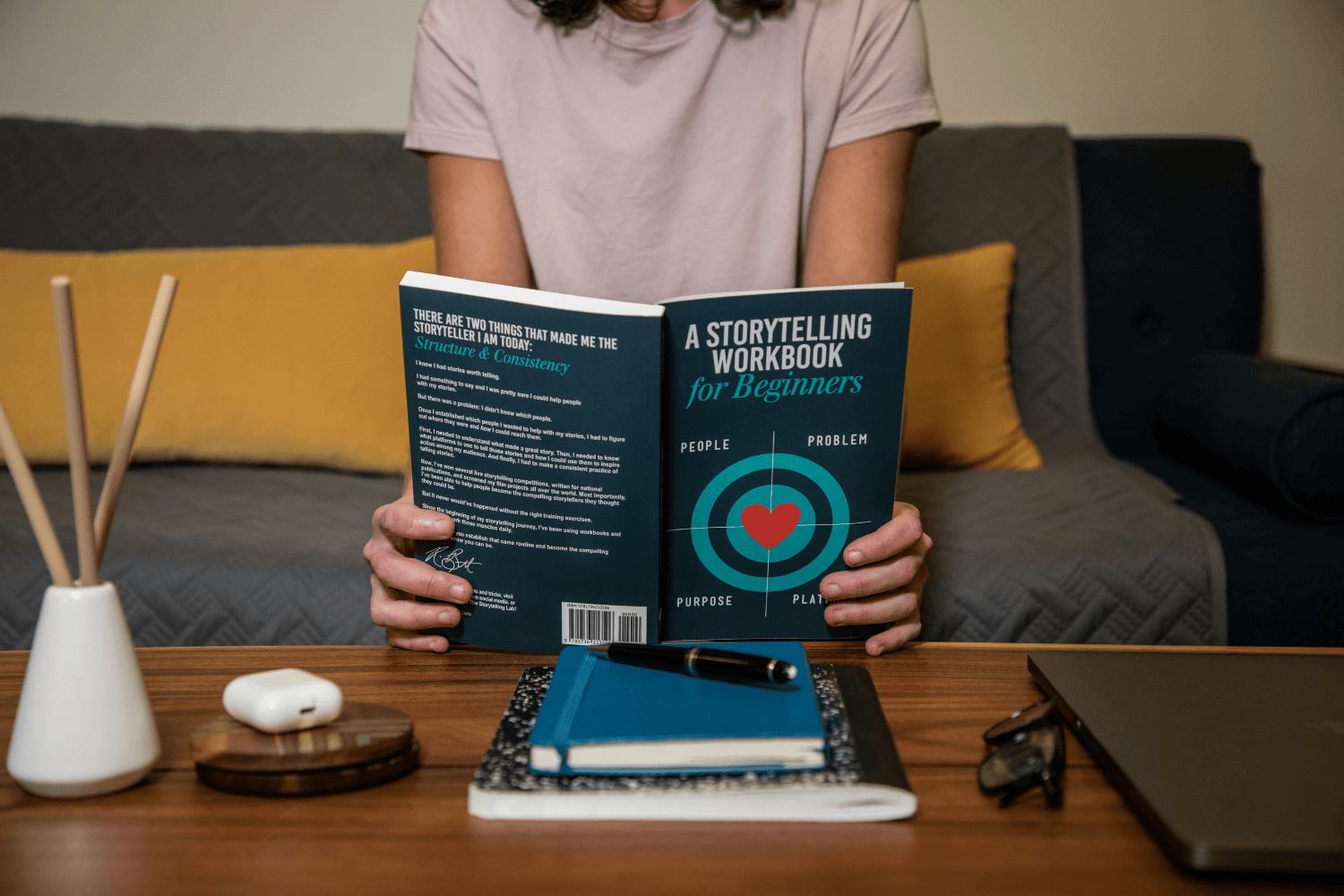What to Expect from an Art Direction Course
Curious about stepping into art direction? This guide walks you through exactly what art direction courses teach, the skills you’ll master, and the portfolio pieces you’ll create. From concept development to real-world campaign work, you’ll see how to turn your design instincts into agency-ready thinking.

If you really like graphic design, visuals, art, sketching, painting, and creative problem solving, it might be time to step into art direction. With art direction, you’ll find yourself in a career where you go beyond just pushing pixels, because you’ll be pushing big ideas all the time.
Art direction is about pairing design skills with concepting skills. It's about solving brand issues, telling visual stories, and helping to guide a campaign from first thought to final launch.
In this guide, you’ll get a clear picture of what art direction courses actually teach, what kinds of assignments you'll take on, and the portfolio you’ll build along the way. Because when you know what you're walking into, you walk out stronger.
Mastering the Core Skills: What You’ll Learn in an Art Direction Course
A good art director course, yes, sharpens your design skills, but it also shifts how you think.
Here are the core areas you’ll cover:
- Concept development: Learn how to ideate next-level campaign ideas that solve a brief creatively and effectively
- Typography and layout: Get hands-on practice with type systems, grid work, and composition techniques that elevate your visual execution
- Software + AI tools: Expect to work in Adobe Creative Suite (Photoshop, Illustrator, InDesign), Figma, and often Premiere Pro or After Effects for motion basics
- AI tools: Learn how to integrate tools like Midjourney, Runway, and Adobe Firefly to explore visual ideas and streamline workflows
These tools support your ability to express and execute ideas across formats. Art directors are expected to speak design fluently and think beyond it.

Your Weekly Workflow: From Brief to Final Critique
Strong art director training programs mimic agency life. Each typical class week is structured around the creative process:
- Briefing: You’ll get a real or simulated client brief to solve
- Ideation: Concepting begins with moodboards, finding audience problems, insights or movements, and outlining initial idea directions
- Partners: In some classes, you’ll work solo. These are typically skills classes where you can refine your eye for type, layout, color, and visual tone. But in many classes, you’ll be grouped into groups of 2-4 other creatives. There will be copywriters and sometimes other art directors as part of the mix, and you’ll work to build campaigns together.
- Critiques: Weekly feedback comes from instructors and peers. Expect direct, honest reviews
- Revisions: You’ll spend your week refining your ideas visually and conceptually based on feedback
- Final campaigns: Most campaigns are finished up after a class ends. Art direction courses at portfolio schools usually encourage you to think of a high quantity of ideas throughout the course, so you can refine and finish your best 5-6 at the end of the program
You’ll work both solo and in creative teams. This helps you learn how to pair with copywriters, communicate your vision, and collaborate like you would at an agency.
Real Portfolio Pieces You’ll Graduate With
The best art direction courses are built around portfolio outputs. Every assignment pushes you toward work you’ll actually want to show in interviews.
Expect to walk away with:
- Campaign mockups with headlines, visuals, and layout across formats
- Branding projects, including logo systems and design systems
- Social media and digital content designed for real-world platforms
- Motion projects or video you’ve created to showcase your motion content skills
- Personal project ideas to get jamming on
Each project is shaped to emphasize storytelling, concept clarity, and your ability to think like an art director. That means no filler. Just smart, strategic work that looks sharp and says something.
At book180, grads land jobs with 5 to 6 polished campaigns in their book, which are fully developed in just six months.
Picking the Right Course Length and Format for You
Not all art director training programs are built the same. Some are fast-paced bootcamps. Others are part-time or stretched over multiple years.
Here’s how they compare:
- Bootcamps: Intense and short (10 weeks to a month), usually focused on fast skill-building and one campaign for your portfolio.
- Traditional, extended programs: Often 1–2 years, allow more breathing room to practice, and optional internships.
- Online career-jumpstart schools: Online schools like book180 get you the same competitive art direction portfolio of an extended program, with the intensity of a bootcamp school. We’re here to jumpstart your career and earnings faster.
Format matters too:
- Fully online programs: Ideal for working creatives, anyone who needs flexibility, or people who want a portfolio without relocating. These include live feedback, Zoom sessions, and cross-country networking.
- Hybrid/in-person programs: Provide studio access and in-person networking, but require relocation and higher costs.
book180 offers a six-month online art direction program designed for working creatives, career-shifters, caregivers, or people who want a job offer before they relocate. It’s focused and structured to give you real-world experience without derailing your life.

Ready to Level Up Your Visual Storytelling?
If you're ready to move from layout execution to big-picture creative thinking, an art direction course can reshape your career.
You’ll learn to think conceptually, present confidently, and design with purpose. The goal isn’t just to make pretty things, it’s to lead the visual side of a campaign and drive ideas that get noticed.
book180’s Art Direction program gives you everything you need: live briefs, instructor feedback, peer critique, and a portfolio that reflects agency-ready thinking.
Ready to do a 180? Explore our Art Direction program and see how it can help you build a portfolio top agencies will notice. Our deadline to apply for Fall semester is September 12th. We’re offering full curriculums on both Eastern Time and Pacific Time, to help inspiring creatives from across the country easily take evening classes on their schedule.







